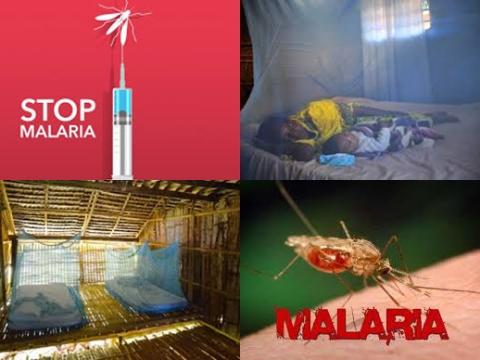
Objectives:
Malaria risk can vary markedly between households in the same village or between villages, but the determinants of this “micro-epidemiological” variation in malaria risk remain poorly understood. Therefore, this review article (meta-analysis) has been conducted.
What are the risk factors for variation in malaria infection between individuals, households, clusters, hotspots or villages in any malaria-endemic setting?
Study design:
This review article included 51 studies (case-control, cross-sectional and cohort studies), representing populations comprising over 160,000 individuals in 21 countries, in high- and low-endemicity settings. 65 risk factors were identified and meta-analyses were conducted for 11 risk factors.
9 studies considered at low risk of bias (scored eight or nine stars), 24 studies at moderate risk of bias (scored six or seven stars) and 8 studies at high risk of bias (scored two to five stars).
Results and conclusions:
The investigators found in 10 studies that increasing distance from a breeding site significantly reduced malaria risk per 100 m with 11% [unadjusted OR = 0.89, 95% CI = 0.86-0.92].
The investigators found in 12 studies that individual bed net use resulted in a significantly reduced risk of 37% [unadjusted OR = 0.63, 95% CI = 0.52-0.77] for malaria.
However, household bed net ownership was not associated with a reduced risk of malaria [unadjusted OR = 0.91, 95% CI = 0.66-1.25, 6 studies] nor was a household ratio of one to two bed nets per person [unadjusted OR = 0.73, 95% CI = 0.48-1.09, 5 studies].
The investigators found in 4 studies that increasing household size resulted in a significantly increased risk of 8% [unadjusted OR = 1.08, 95% CI = 1.01-1.15] for malaria.
The investigators found in 4 studies that household crowding resulted in a significantly increased risk of 79% [unadjusted OR = 1.79, 95% CI = 1.48-2.16] for malaria. However, this increased risk was no longer significant when adjustments were applied [adjusted OR = 1.12, 95% = 0.93-1.35]. Significant because RR of 1 was not found in the 95% CI of 1.48 to 2.16. RR of 1 means no risk/association.
The investigators found in 8 studies that keeping animals in or near the house was not associated with malaria risk [unadjusted OR = 1.27, 95% CI 0.93-1.73].
The investigators concluded that several variables associated with individual-level malaria infection were identified, but there was limited evidence that these factors explain variation in malaria risk at village or hotspot level. Social, population and other factors may confound estimates of environmental risk factors, yet these variables are not included in many studies (e.g. ORs were not adjusted). Therefore, a structured framework of malaria risk factors is proposed to improve study design and quality of evidence in future micro-epidemiological studies.
Original title:
Defining micro-epidemiology for malaria elimination: systematic review and meta-analysis by Bannister-Tyrrell M, Kristien Verdonck K, [...], Grietens KP.
Link:
https://malariajournal.biomedcentral.com/articles/10.1186/s12936-017-1792-1
Additional information of El Mondo:
Find more information/studies on food fortification/malnutrition and study design/meta-analysis/significant right here.